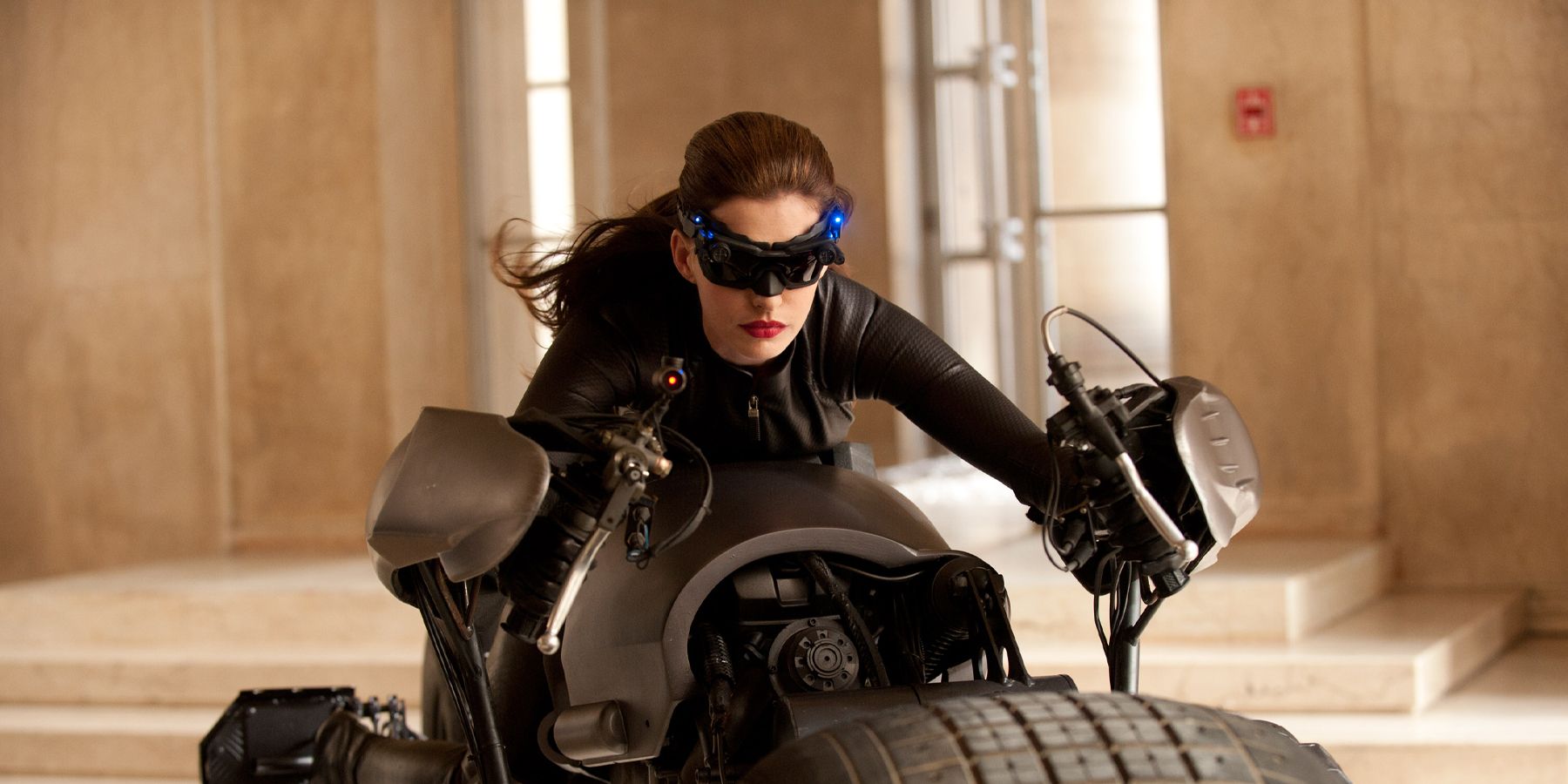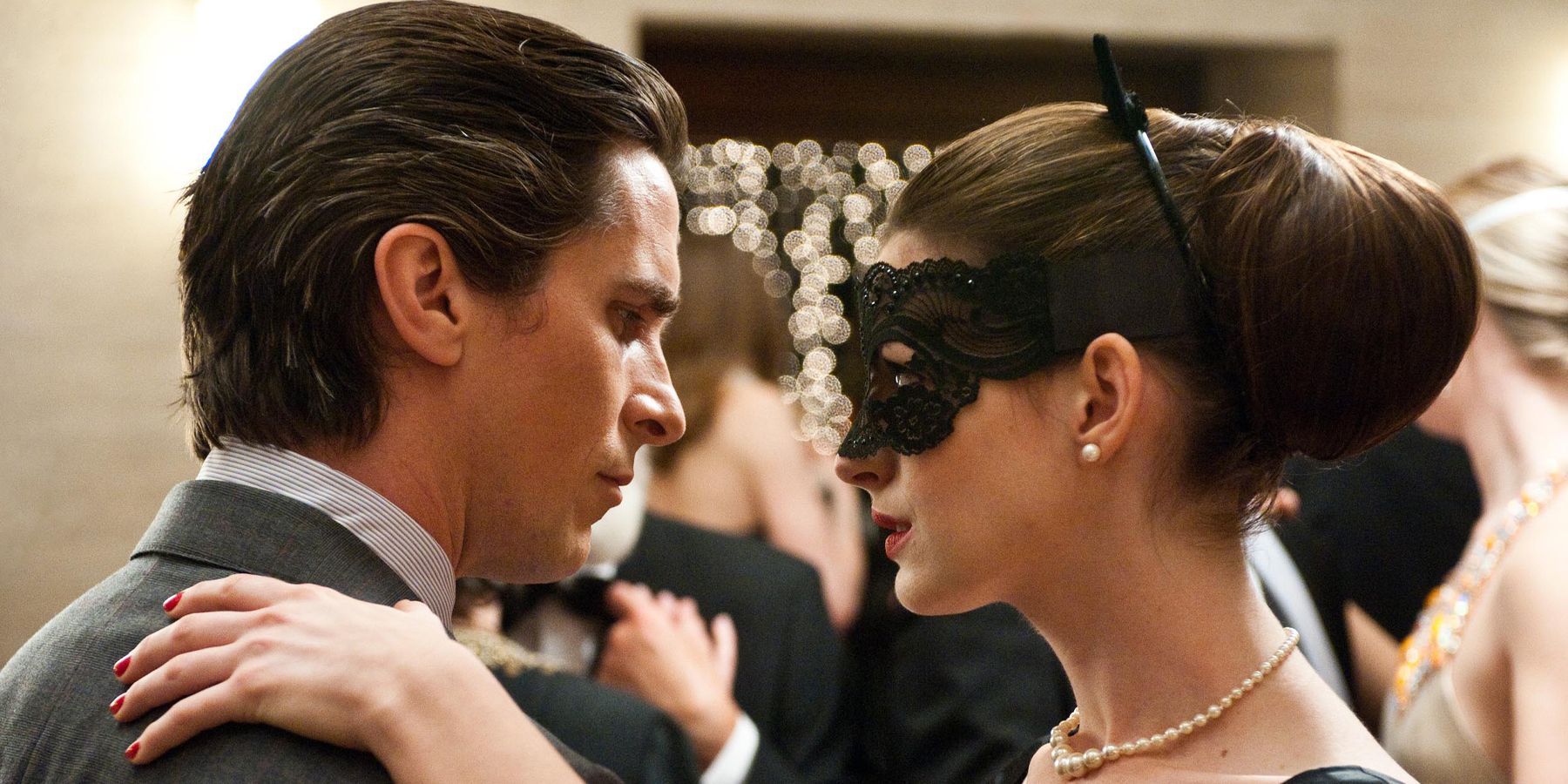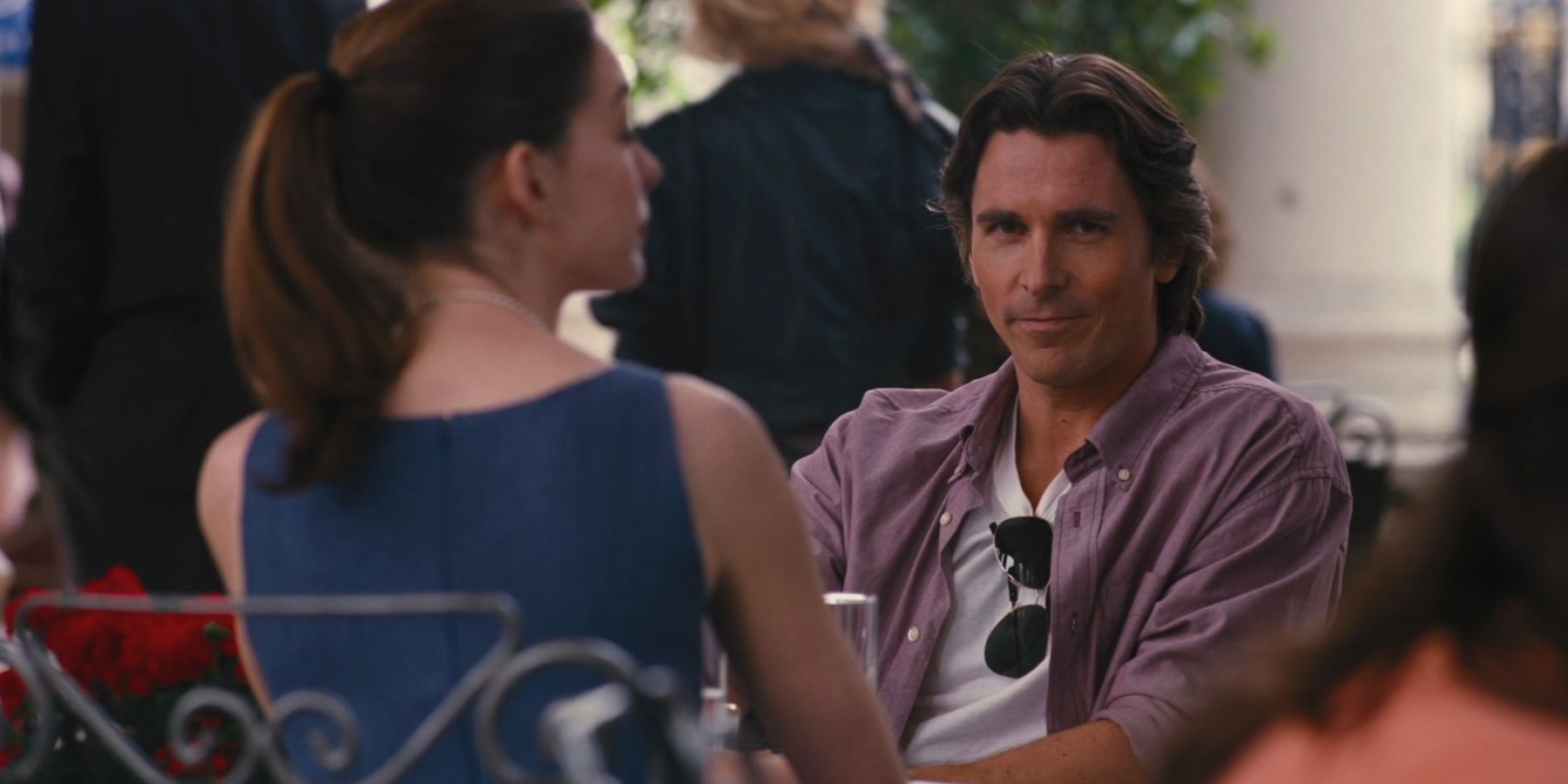Hollywood has been obsessed with Gotham’s Caped Crusader longer than almost any other hero. Equally ubiquitous are Batman’s many whimsical nemeses and ill-fated romantic partners — and one character doubles as both. She offers a romantic parity by day as Selina Kyle, while providing an irresistible romantic foil by night, as Catwoman. For many fans of Batman, no actress has better captured Catwoman than Michelle Pfeiffer, whose iconic performance in Tim Burton’s Batman Returns defined the character for decades. Recently, Zoë Kravitz has generated quite a bit of buzz for her interpretation of Ms. Kyle, in The Batman.
Both of these portrayals are outstanding, but viewers should not forget that they are not the only brilliant big-screen iterations of Catwoman. Anne Hathaway took on the role in 2005 in the much-anticipated finale of Christopher Nolan’s Dark Knight trilogy, The Dark Knight Rises. Though many fans do not immediately think of Hathaway’s version when they picture Catwoman, viewers would be wise to give her a bit more credit, for it is certainly due.
Christopher Nolan’s Dark Knight trilogy is often remembered chiefly for its second installment, which was instantly hallowed by the combined tour de force of Heath Ledger’s performance as the Joker, and the tragedy of the actor’s subsequent suicide. Indeed, The Dark Knight was significantly more memorable than its predecessor, Batman Begins (a genuine mess of a film), but it was not the strongest entry in the series. That distinction should rightfully go to The Dark Knight Rises, with its more concise plotting and solid emotional conclusion. No character is wasted in the movie, with acting powerhouses like Burn Gorman and Ben Mendelssohn turning bit parts into the stuff of memes. In addition, the narrative arc is perfectly rendered, and the visual production is top-notch.
One of the most notable aspects of The Dark Knight Rises, however, lies in its women. Besides the standout performances by Anne Hathaway and Marion Cotillard, the female characters themselves are genuinely better than in the two movies that preceded it. In Batman Begins and The Dark Knight, the token female is Bruce Wayne’s childhood friend and semi-requited love interest Rachel Dawes (Cotillard), whose moral rectitude inspires Batman, even as it reproaches Bruce. Rachel might have been a good foil to a more whimsical interpretation of Bruce Wayne (such as Tim Burton’s), tamping his frivolity and grounding his adventures. But against the grit of Nolan’s version, Rachel is…kind of a drag. With Bruce already so conflicted about the turpitude of Gotham’s underbelly, her moralizing presents as browbeating, and her self-righteousness falls flat under the weight of dramatic irony.
Then again, perhaps Batman just prefers his femmes to be more fatale, as suggested by his canon flirtation with cat burglar Selina Kyle (and his seduction, in The Dark Knight Rises, by the undercover daughter of Ra’s Al Ghul). Hathaway’s Catwoman, however, is not pure villain, as she subscribes to her own moral code. She is more chaotic good, espousing the same anti-elite attitude to justify her crimes that Bane co-opts to feed hope to the city he holds hostage. Ultimately, Catwoman finds herself on the moral high ground, despite her lack of intention getting there. This makes her a better foil for this Batman, who is always seeking that same high ground, despite being repeatedly mired in the muck. Philosophically, Catwoman was an avatar for the sensibilities of the movie’s time. Millennials were coming of age in 2010, confronting the inaccessibility of the American Dream, and developing the hustle culture that Catwoman inhabits.
Besides being an ideological mouthpiece, Catwoman is also a woman in a comic book adaptation. Hathaway is no less adept at embodying that stereotype, while also making it her own. Whereas Michelle Pfeiffer portrayed Catwoman as obviously (though non-specifically) mentally unhinged, Hathaway channels those mood swings into her split persona with much more subtlety. She makes hairpin turns from innocent seduction to feline cunning to screaming fits of hysteria with dizzying agility. There is much in the Batman franchise that strains credulity, but perhaps nothing more so than Selina Kyle demonstrating the acting prowess of Anne Hathaway. Yet, she is not crazy — she is adaptable, as she purrs to Bruce, tempting the audience accept that her acuity is nothing more than survival mechanism.
Then again, who is criticizing The Dark Knight Rises's version of Catwoman? It is true that Anne Hathaway was the target of a great deal of Internet backlash several years ago, after she won an Oscar for Les Misérables. Unfortunately, much of the criticism against her was petty; resentment finding any little outlet into which people could channel their unfounded vitriol. The truth is that Hathaway is a great actress, and she has proven herself capable of taking on diverse roles and delivering consistent excellence with her performances. Furthermore, the Dark Knight trilogy represents Batman for an entire generation, and Hathaway’s Catwoman is an essential part of that. The transient wave of hate has passed, but her legendary performance will endure in pop culture history.



